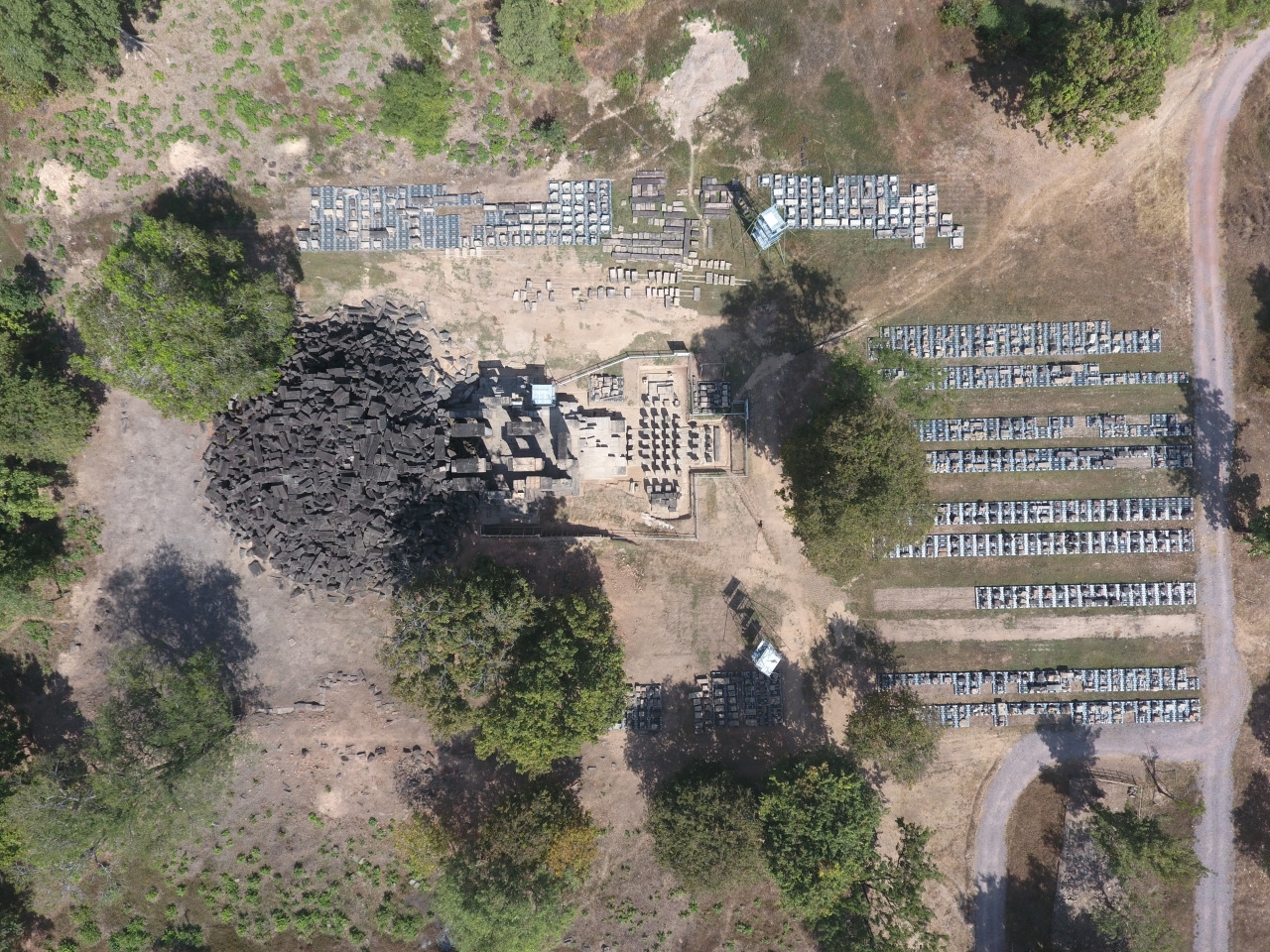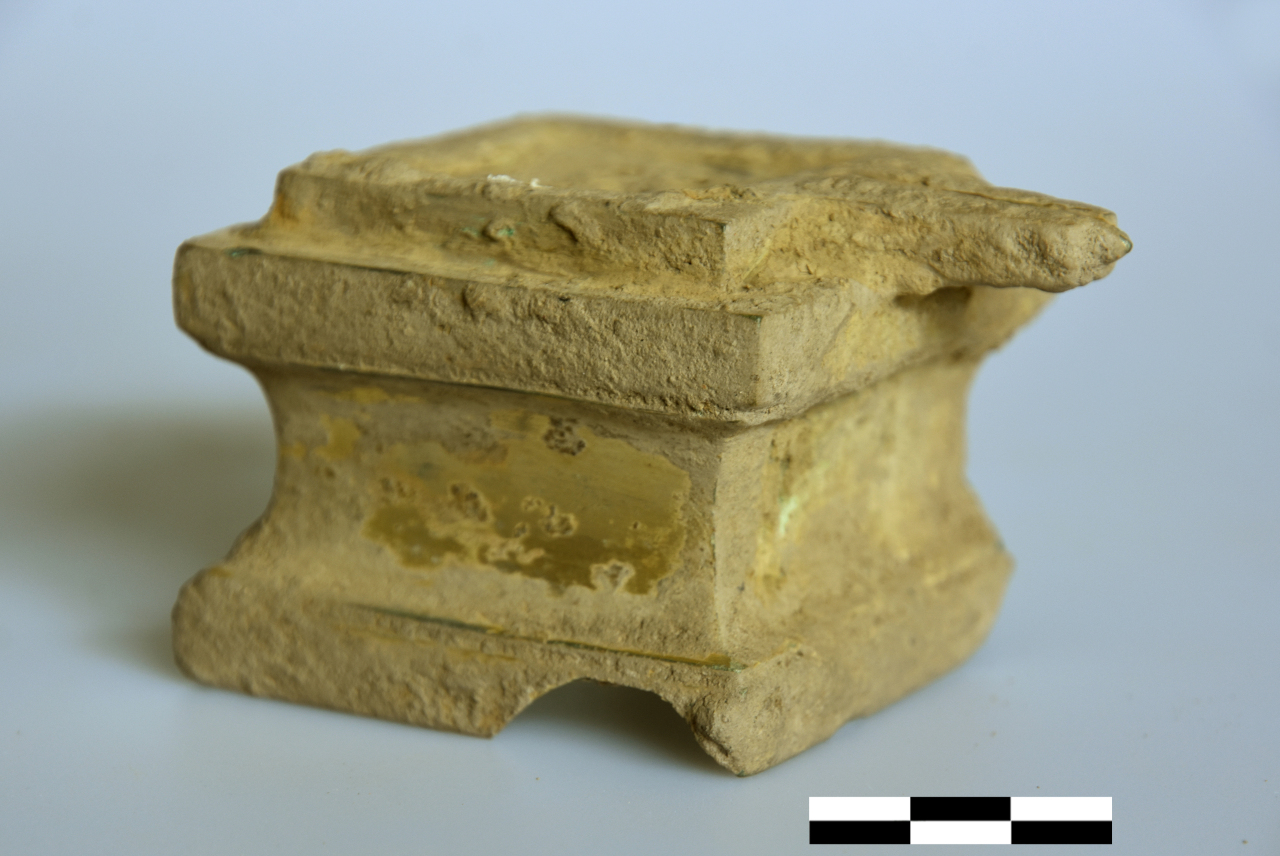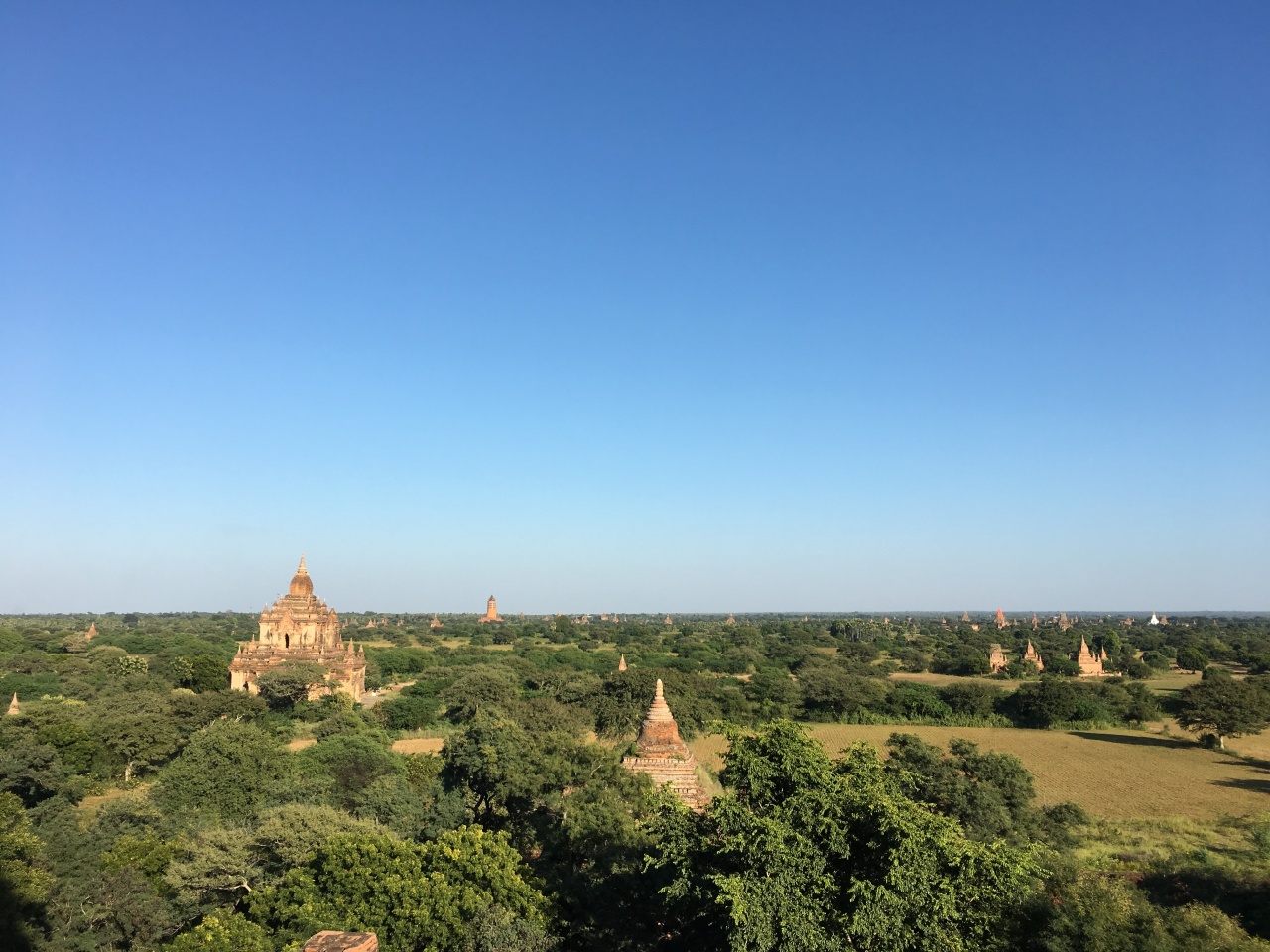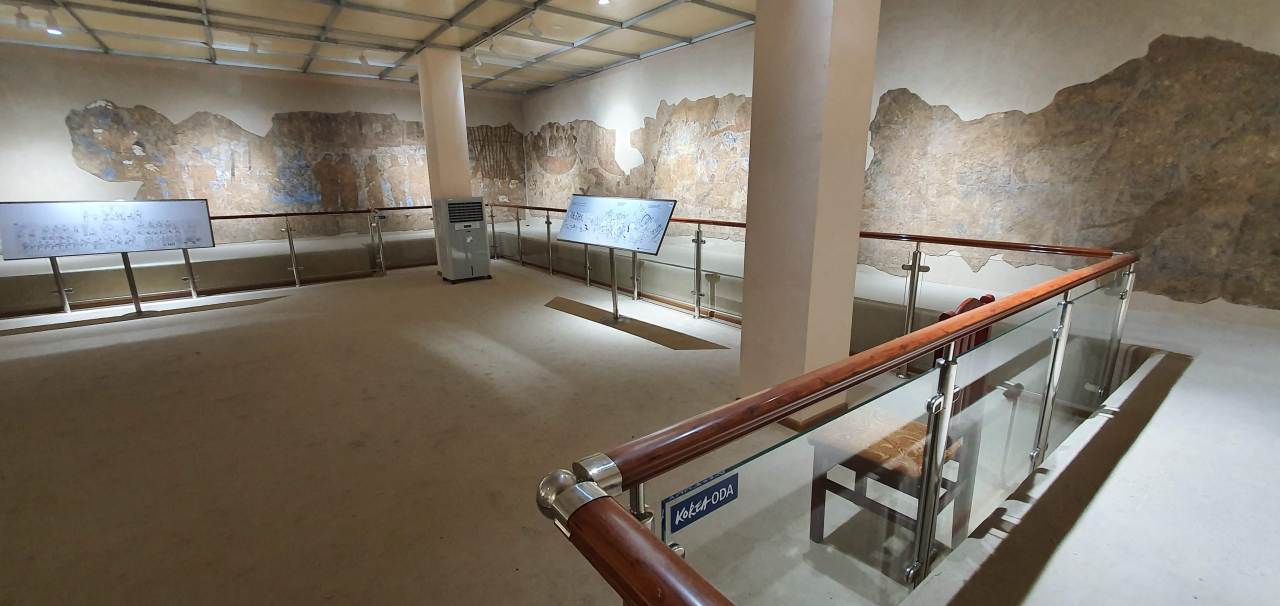A long journey worth taking
Development assistance to preserve recipient countries’ cultural heritage yields long-term benefits
By Song Seung-hyunPublished : Nov. 29, 2020 - 15:44

Official development assistance, government aid designed to promote the economic development and welfare of developing countries, is often channeled into projects to build infrastructure such as highways, schools, hospitals and bridges.
But there is also cultural heritage ODA, another important form of assistance that the South Korean government provides to developing countries.
“ODA projects to build bridges and roads are important, but it is also crucial to preserve cultural heritages during the time of industrial development, which is often overlooked,” said Park Hae-soo, director of the department of international cooperation at the Korea Cultural Heritage Foundation, an organization under the Cultural Heritage Administration.
Although cultural heritage ODA usually does not bring immediate economic benefits to the recipient countries, Park said it can benefit them economically in the long term. For instance, well-preserved and restored cultural heritage sites can boost local tourism.
Lee Kang-kun, a cultural heritage expert and a professor at the University of Seoul’s Department of Architecture, agrees with Park and added that Korea was once a recipient of cultural heritage ODA and now it is time to give back to the global community.
“Korea excavated Gameunsa temple in Gyeongju with assistance from the US,” Lee said, referring to a project in 1959. That excavation led to the discovery of a special structure inside the temple that is mentioned in “Samguk yusa” or “Memorabilia of the Three Kingdoms.”
“Also, we benefited economically by participating in construction projects in many Asian countries. Private Korean companies grew (through those projects), which also led us to become a developed country.”
He noted that Korea’s cultural heritage ODA is still in the very early stages.
“There are only a few projects and, in my view, we should expand them,” Lee said.
So far, the Cultural Heritage Foundation conducts two kinds of cultural heritage ODA projects with funding from two government agencies -- the Cultural Heritage Administration and the Korea International Cooperation Agency.
With the funding from the Cultural Heritage Administration, the foundation conducts projects in countries such as Laos, Myanmar and Uzbekistan. KOICA’s support funds ODA to Cambodia and other countries.
In October 2013, the foundation officially launched a project to conserve and restore Hong Nang Sida, or the Chamber of Princess Sida, located inside a UNESCO World Heritage Site in Laos called “Vat Phou and Associated Ancient Settlements within the Champasak Cultural Landscape.”

“The gilt-bronze yoni, which was excavated in February 2019 during this project, was recognized as a very important artifact. It is also the first of its kind ever excavated in Laos,” Park from the foundation said.
In the first phase of the restoration project, which is scheduled to run through the end of 2020, researchers dispatched from the foundation reviewed the technical feasibility of the project, trained personnel, and provided the necessary equipment and infrastructure.
The Cultural Heritage Foundation is working on restoring three parts of Hong Nang Sida: its platform, mandapa and cella.
According to the foundation, the destroyed platform, a foothold around 7 to 8 meters long, and the mandapa -- the body of the main monastery inside Hong Nang Sida with a destroyed roof and severely damaged walls -- were restored during the first phase. The central part of the chamber, or cella, is set to be restored during the second phase of the project, which will begin in 2021.

Saving Myanmar’s earthquake-damaged cultural heritage
In August 2016, an earthquake with a preliminary magnitude of 6.8 struck western Myanmar and damaged 398 Buddhist temples in Bagan.
In 2018, the Cultural Heritage Foundation started a project to help restore Phayathonzu temple in Minnanthu, one of those that was damaged in the earthquake.
As part of the first phase of the project, which will be completed this year, Korean experts are working on creating four manuals that contain know-how on the restoration and preservation of cultural heritage such as mural paintings and temples. In December the documents will be handed over to the Department of Archaeology and National Museum under the Ministry of Religious Affairs and Culture of Myanmar.
The foundation is also preparing to start a five-year second phase of project in Myanmar.
“For the second phase of the project, we will mainly provide technical training based on the manual documents,” the official added.
The foundation also sought to strengthen ties with Myanmar by conducting diverse assistance projects such as archaeological field training sessions for teenagers in Bagan.

New Northern Policy
When Korean President Moon Jae-in visited Central Asia in April 2019, Moon and his Uzbek counterpart, Shavkat Mirziyoyev, attended a Korea-Uzbekistan joint cultural performance hosted and directed by the head of the Cultural Heritage Foundation, Jin Ok-sub.
Moon’s visit was part of Korea’s New Northern Policy, which aims to boost economic and political ties with countries to its north.
After the performance, Moon and Mirziyoyev visited the Afrasiab Museum and agreed on further cultural cooperation.
At the museum, Korea’s Cultural Heritage Administration, the Ministry of Culture of Uzbekistan and the Academy of Sciences of the Republic of Uzbekistan signed a memorandum of understanding on cultural heritage, dealing with programs to support the Afrasiab Museum and the Samarkand State United historical-architectural and art museum until 2021.
After analyzing the Afrasiab Museum’s facility and holdings, including its palace murals, the Cultural Heritage Foundation, together with Uzbekistan’s Ministry of Culture, officially began a project to improve the museum in 2020.
“We have so far installed a fence to better protect the palace murals, put up some museum labels and improved the facilities for museum visitors,” Park said.
With the Uzbekistan Academy of Sciences, the foundation is assisting with the excavation of Kuldortepa, one of the remaining historical sites that show how Uzbekistan was at the time of the Silk Road cultural exchanges between ancient Koreans and Central Asians. This project will run until 2023.
Restoring Cambodia’s Preah Pithu temples
In 1992, UNESCO announced that the Angkor site, including its temples, was a World Heritage Site in Danger. Several countries from around the world responded by joining forces to restore the site and its temples.
The Cultural Heritage Foundation and the Korea International Cooperation Agency began the first phase of the project to restore the temples of Preah Pithu, located in Angkor, in September 2015. The project lasted 36 months, during which the Korean agency examined five temples at the site and created a long-term plan to restore them.
The second phase, which focuses on the actual restoration work, began Oct. 23 last year and will end Nov. 30, 2023.
Helping with UNESCO listing of intangible cultural heritage
Since 2015 the foundation has also assisted countries such as Laos, Cambodia, Kazakhstan and Uzbekistan in pursuing UNESCO listing of their intangible cultural heritage, as UNESCO inscription is a key means of protecting and preserving intangible cultural heritage.
For the project, the agency first requested lists of intangible heritage items for which the countries wished to seek UNESCO listing and provided consulting to help them with the application process.
“This project aims to establish a foundation for each country to continue to protect the heritage on its own even after the support project ends,” Park said.
In 2017, the traditional Khaen music of the Lao people became Laos’ first UNESCO-listed intangible cultural heritage, with support provided in 2015 under the foundation’s project. Lamvong, the traditional dance style of Lao, reapplied for UNESCO listing this year with the foundation’s support.
New project in Pakistan
“In 2021, we will expand cultural heritage ODA projects, which have been conducted mainly in Southeast Asia, to Southwest Asia,” Park said.
Pakistan is next on the list. In 2021 a five-year ODA project will begin that aims to assist in establishing policy for cultural promotion and tourism resource development for Gandhara, a historical region in what is now northwestern Pakistan. The project will proceed in conjunction with the Department of Archaeology & Museums in Islamabad.
Since Pakistan also lacks experts who can appraise its relics, the program is also providing training to foster local experts.
Also, the foundation will provide the equipment required to preserve and maintain relics found in Gandhara as well as develop Gandhara cultural heritage inventory guidelines, which will help the Pakistani government in creating a database with detailed information about relics found at the site. The project will also include pilot research on Taxila, a significant archaeological site in Pakistan that was designated a UNESCO world heritage site in 1980, to demonstrate how to create an inventory of its cultural heritage.
By Song Seung-hyun (ssh@heraldcorp.com)



















![[Today’s K-pop] BTS pop-up event to come to Seoul](http://res.heraldm.com/phpwas/restmb_idxmake.php?idx=642&simg=/content/image/2024/04/17/20240417050734_0.jpg&u=)